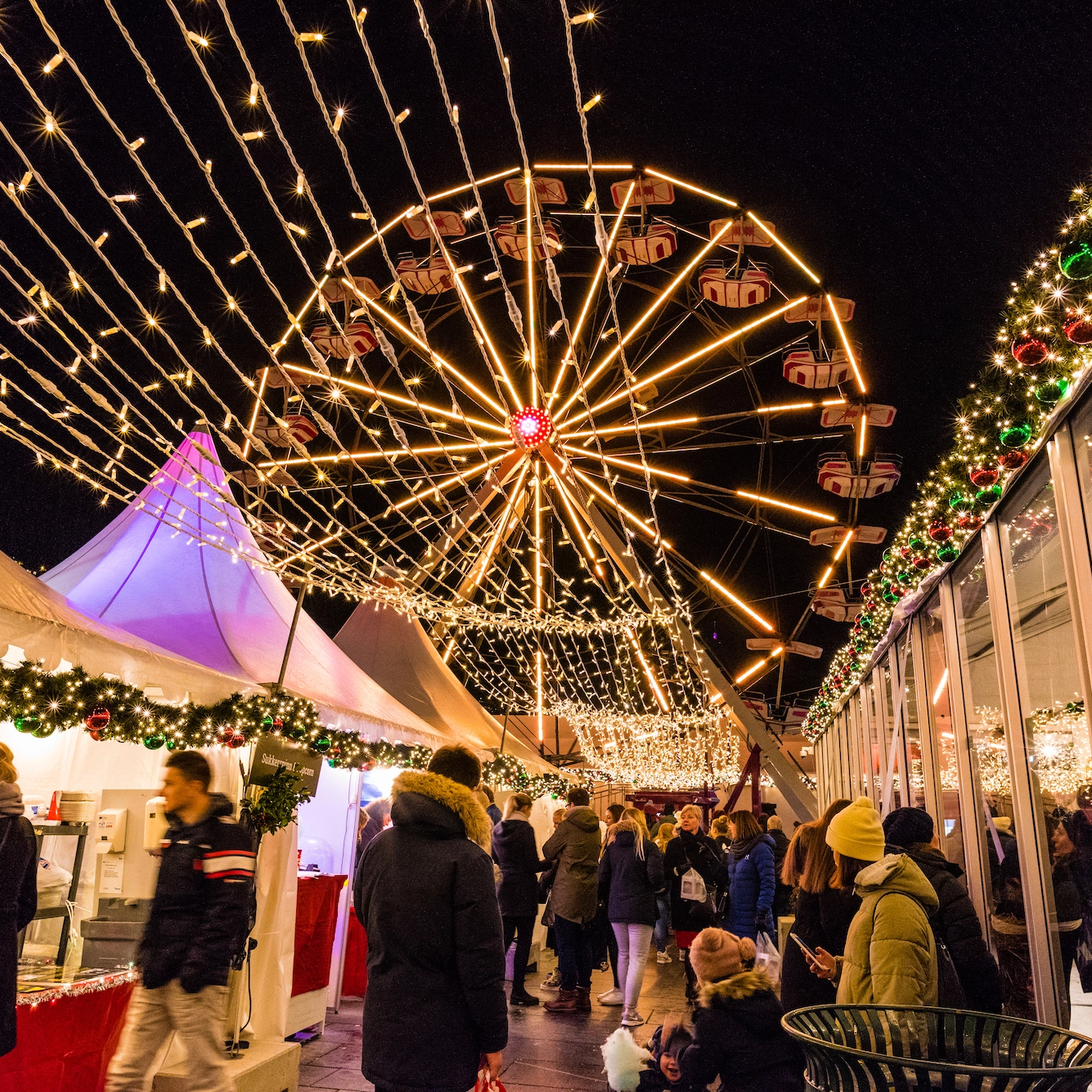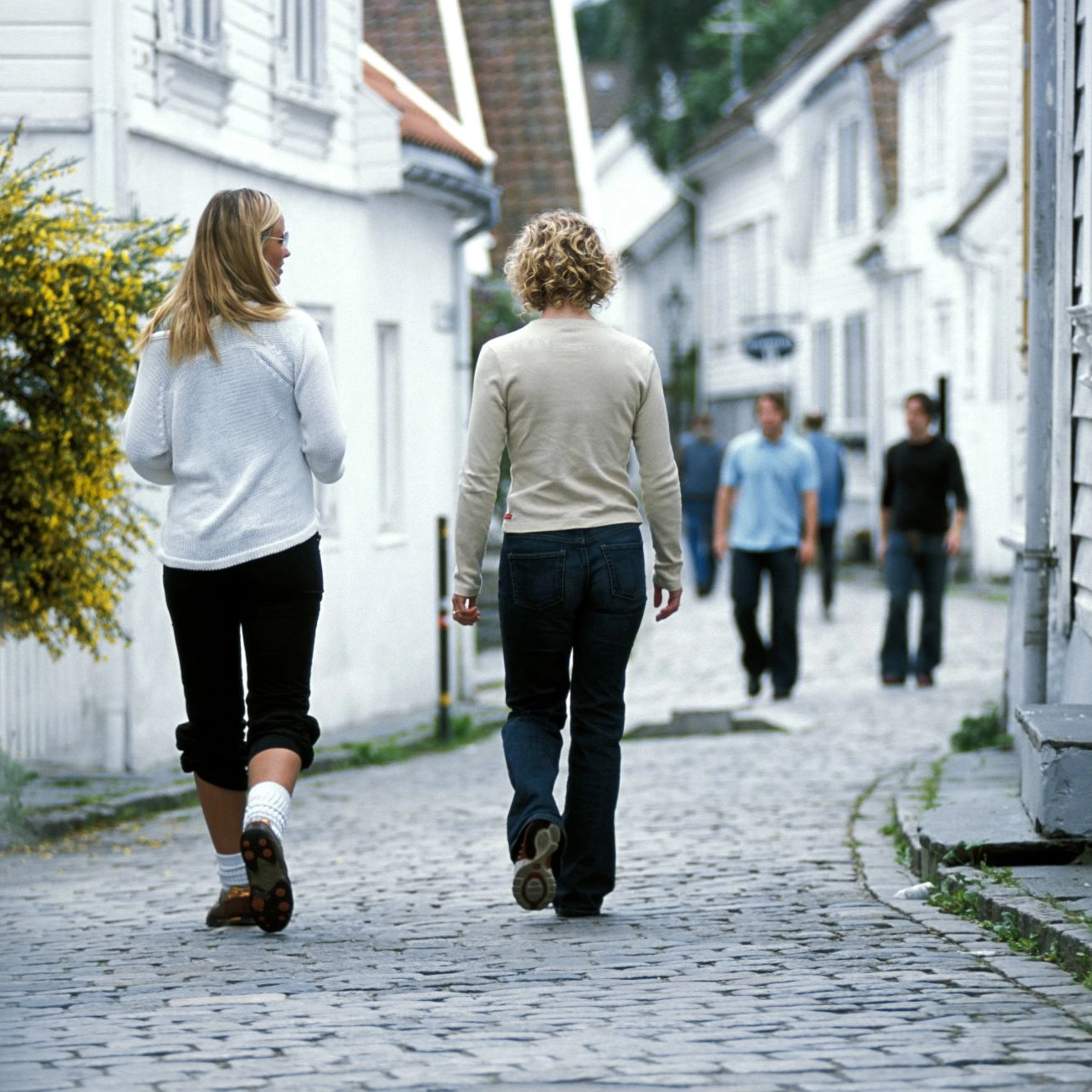Meet the Norwegian people

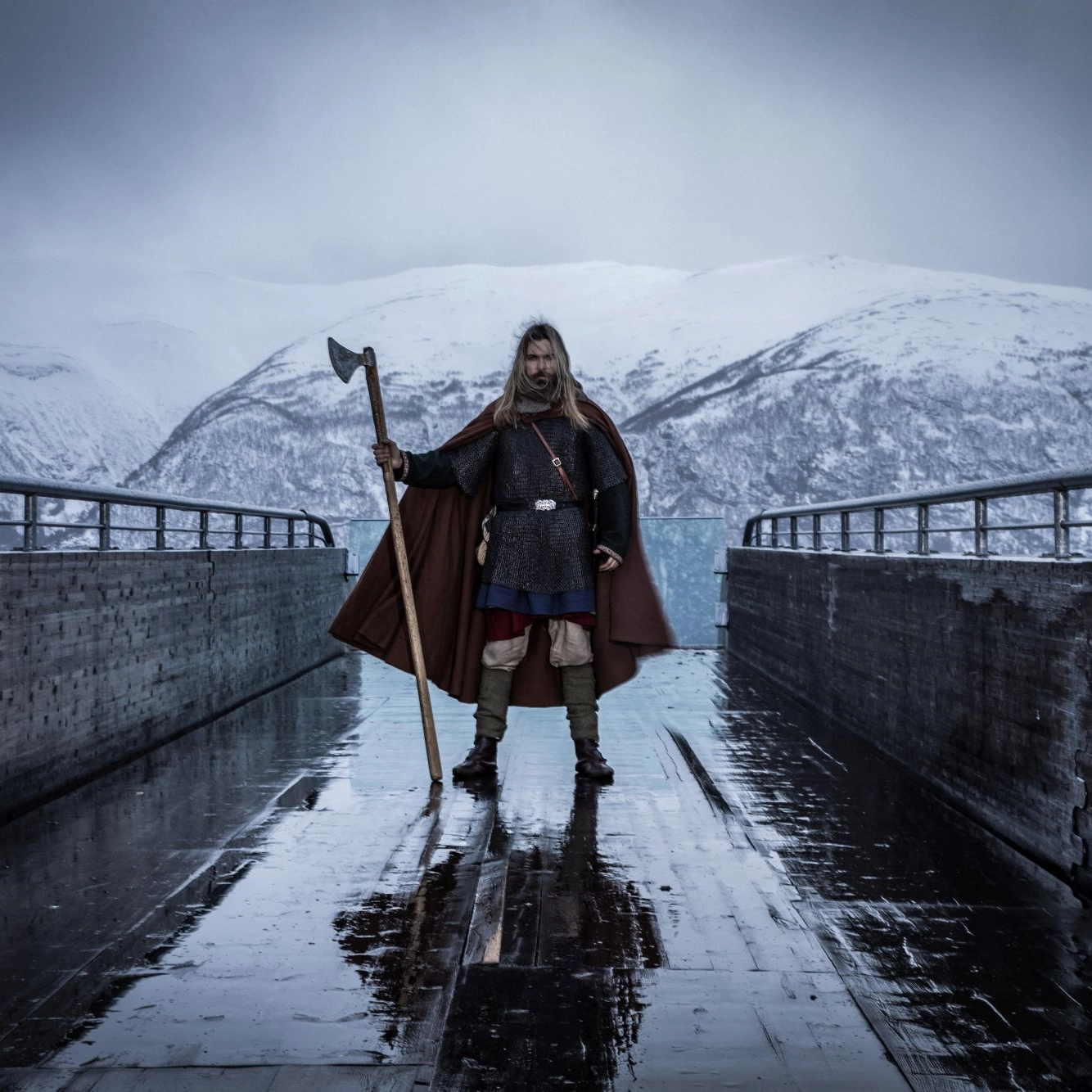

+ 2
Get to know the Norwegian culture
Join us on a journey through the land of the midnight sun and northern lights as we unravel the nuances of Norway's cultural tapestry.
Through its music, art, festivals, and everyday rituals, Norway invites you to experience the harmonious coexistence of tradition and modernity in a way that is uniquely Norwegian.



+ 2
Get to know the Norwegians
The typical Norwegian cherishes nature and embraces the great outdoors. Minimalist in design and lifestyle, they prioritize practicality. Norwegians honor heritage and folklore, fostering a vibrant, inclusive society that blends tradition with a modern, open-minded outlook while embracing sustainability.

Traditional Norwegian food
Norway has a lot of interesting traditional food, and any travelers visiting Norway would do well to sample some of the local cuisines. Culinary traditions in Norway have been dominated by meat, fish, and seafood that could be hunted or caught. These days the Norwegian food space represents an interesting mix of old and new due to culinary influences from all over the world.

Why Norway Is Perfect for Adventure Travelers
Norway is often referred to as a dream destination for adventure travelers. The varied Norwegian landscapes provide adventurers with a rich diversity of outdoor activities to choose from throughout the year, including hiking, biking, skiing, kayaking, and rock climbing, to name a few. There's no shortage of thrilling experiences to be had in Norway's great outdoors!
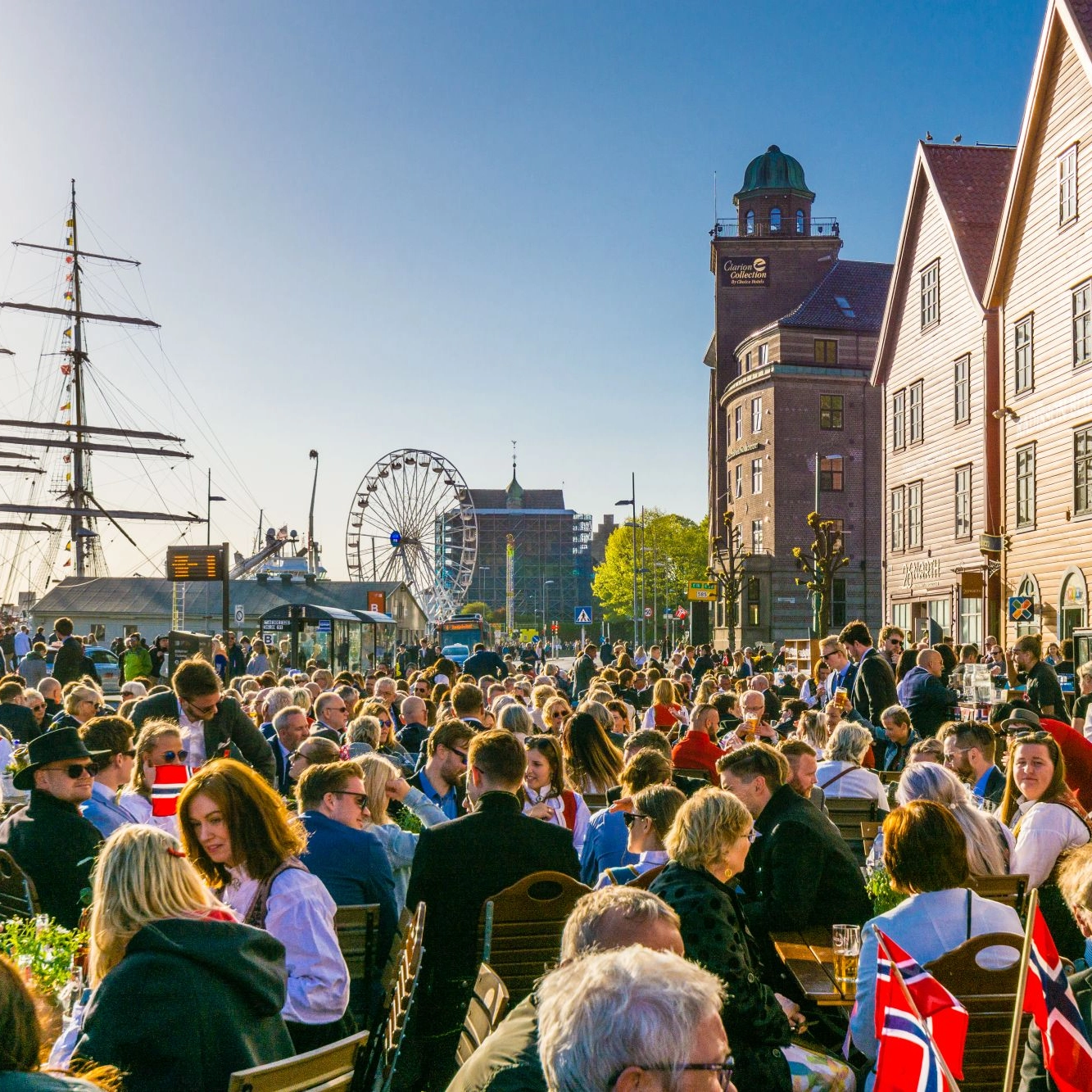
The 17th of May – Norway’s National Day
The 17th of May is Norway’s national day, and what a party it is! Though many countries mark their national day with military parades, Norway’s celebration is lighthearted and fun, with a special focus on kids enjoying this special day. In this article, we’ll tell you all about Norway’s Constitution Day, how it began, and how it’s celebrated across Norway today.
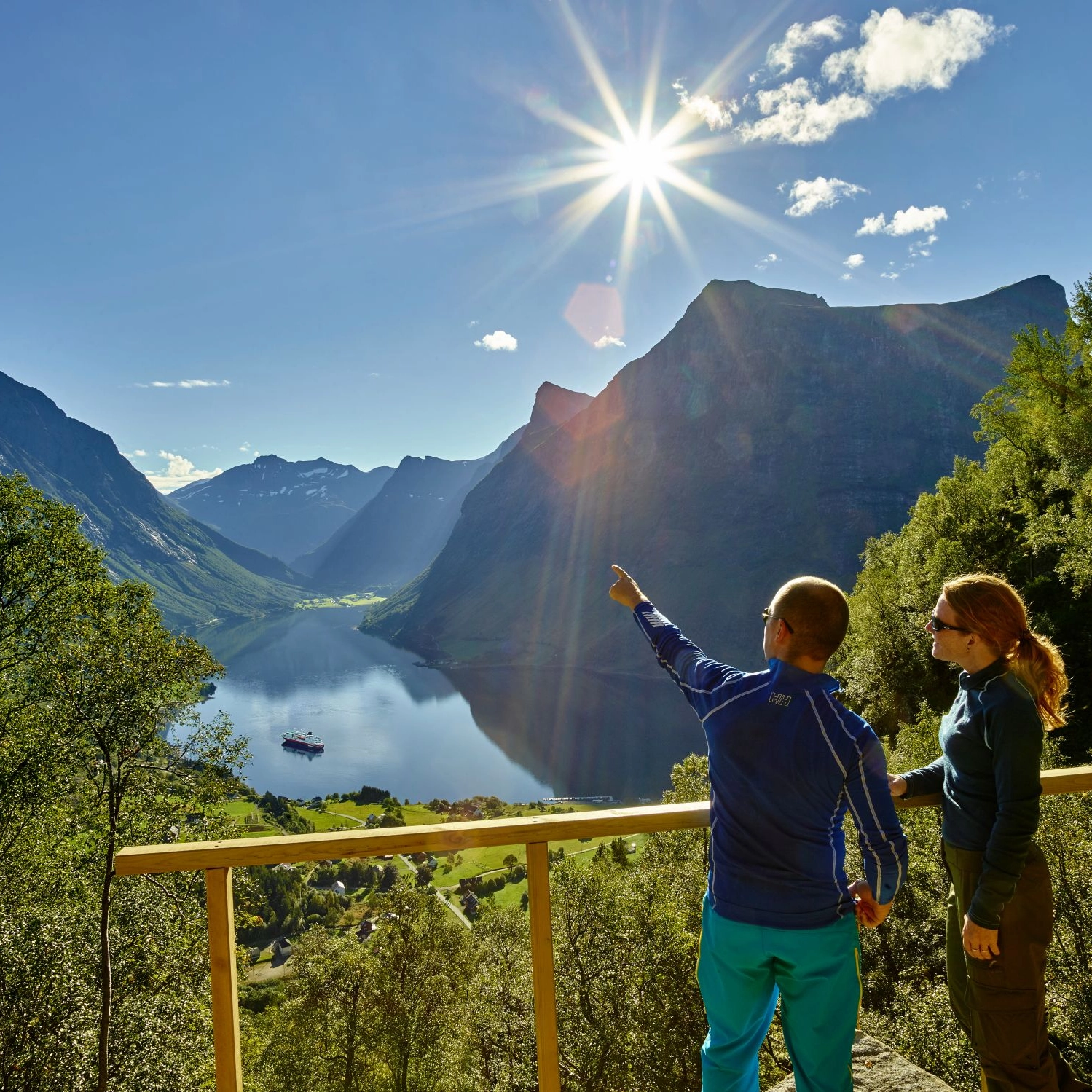
Why a Scanditour is the New Eurotour
Done the whole Eurotrip thing? Looking for some fresh insight into where your next travel adventure should be? Head over to Scandinavia, and Norway in particular.

What is ‘slow travel’ and why Norway ticks all the boxes
Have you ever felt more exhausted after a trip than before you left? Then you have probably done the exact opposite of slow travel! When slow traveling, there is no need for a vacation after your vacation.It is not about "likes" that generate hotspots on Instagram and overwhelmingly long bucket lists.
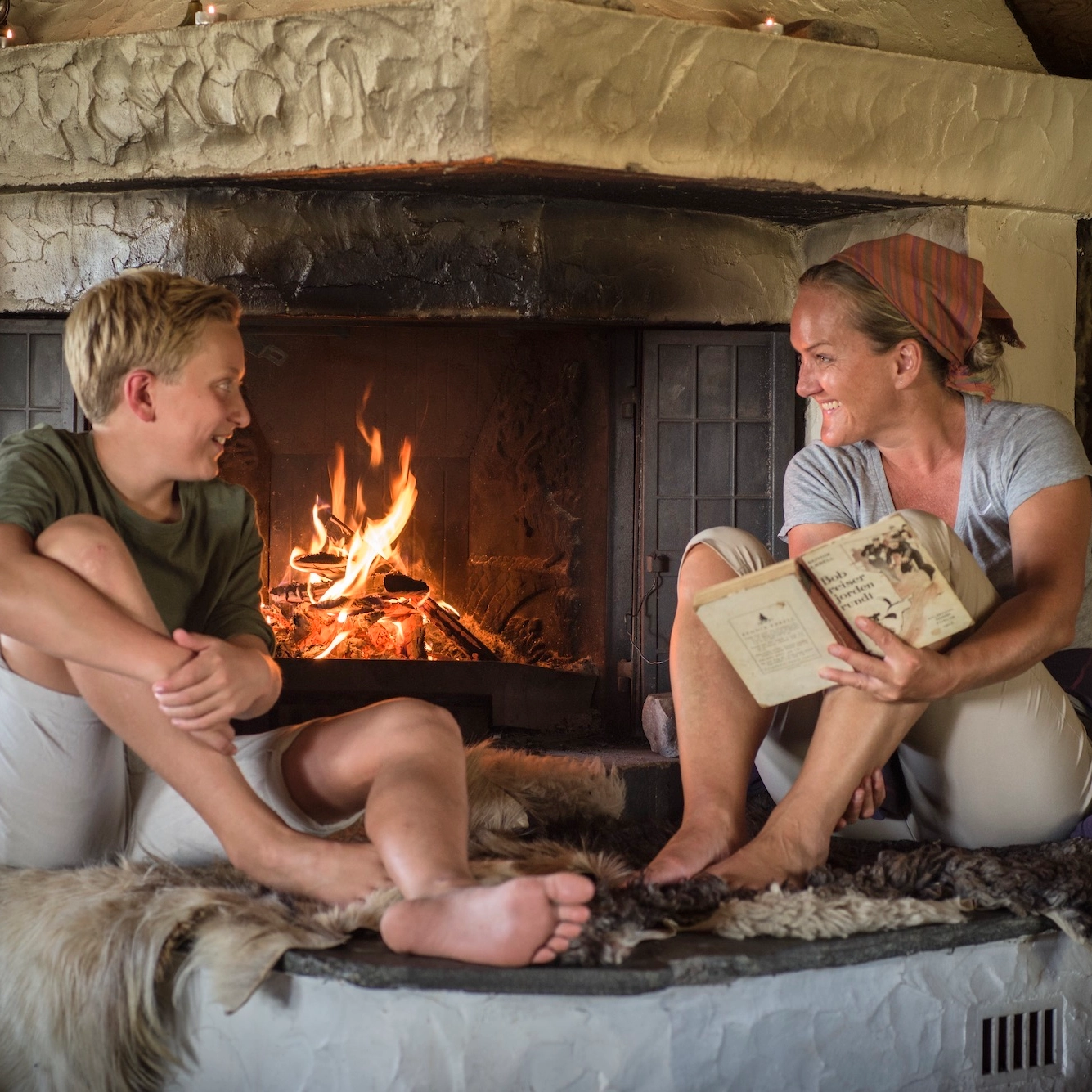
How to stay warm and koselig this winter
Anyone who has ever taken a trip to Norway during the winter season knows just how vicious the Norwegian winters have the potential to be. This is especially true for Northern Norway where you can find really cold temperatures. So how do Norwegians tolerate the cold and long winter? With the “philophy of koselig” of course.
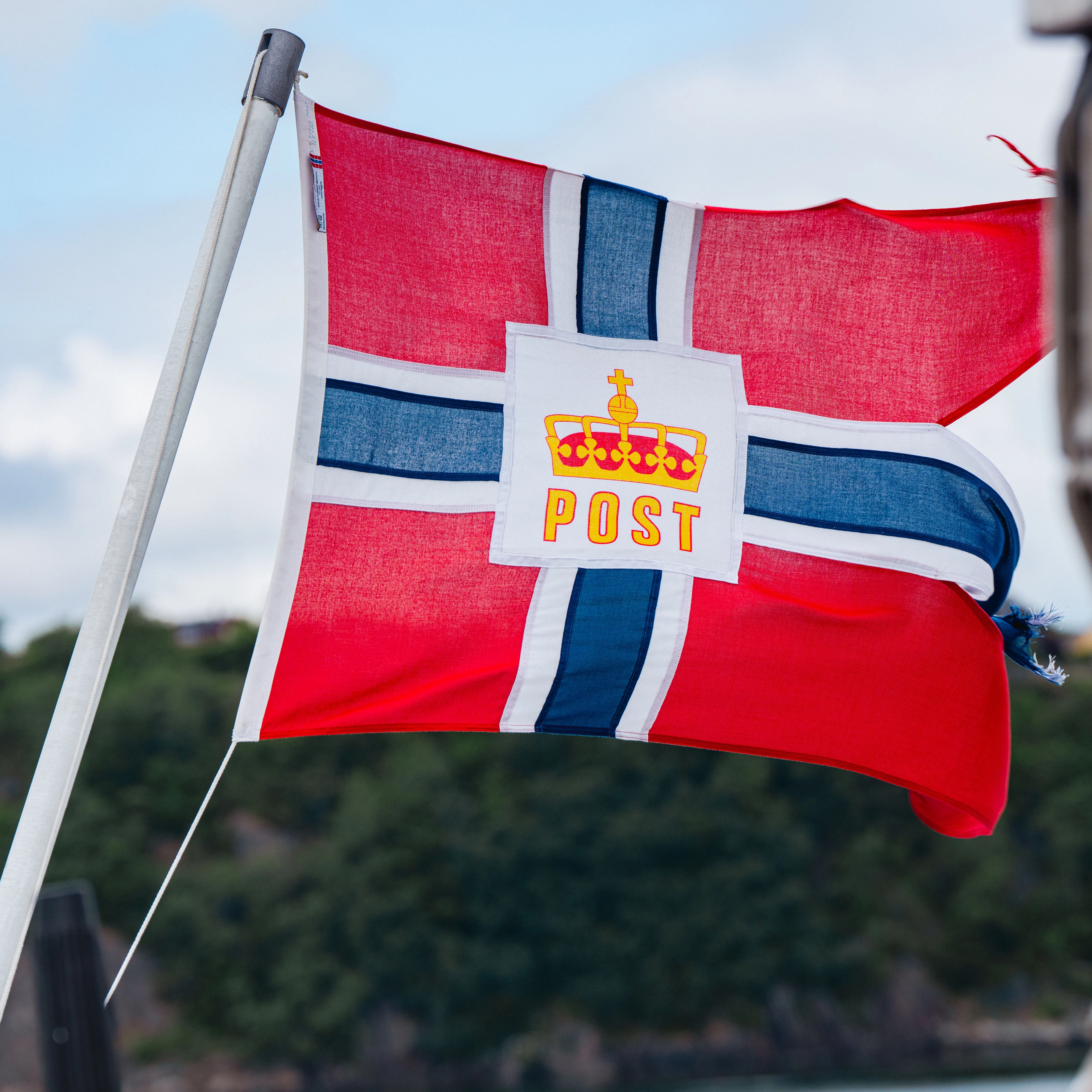
Learn Norwegian words and phrases before your trip
If you’re planning a trip to Norway, you might be interested in learning a few Norwegian words and phrases. It can be really helpful to have some handy phrases up your sleeve for communicating with locals during your upcoming trip to Norway, so we’ve prepared a great guide that will help you learn the lingo before you arrive!

Sustainable travel in Norway
These days, more and more travellers are focused on sustainable travel. People want to experience their dream destinations while minimizing the negative impact on the local environment and community. Fortunately, Norway is one of the most sustainable countries in the world, and plenty of measures have been taken to ensure that travellers can enjoy an eco-friendly Norwegian holiday.

Traditional Norwegian food
Norway has a lot of interesting traditional food, and any travelers visiting Norway would do well to sample some of the local cuisines. Culinary traditions in Norway have been dominated by meat, fish, and seafood that could be hunted or caught. These days the Norwegian food space represents an interesting mix of old and new due to culinary influences from all over the world.

Why Norway Is Perfect for Adventure Travelers
Norway is often referred to as a dream destination for adventure travelers. The varied Norwegian landscapes provide adventurers with a rich diversity of outdoor activities to choose from throughout the year, including hiking, biking, skiing, kayaking, and rock climbing, to name a few. There's no shortage of thrilling experiences to be had in Norway's great outdoors!

The 17th of May – Norway’s National Day
The 17th of May is Norway’s national day, and what a party it is! Though many countries mark their national day with military parades, Norway’s celebration is lighthearted and fun, with a special focus on kids enjoying this special day. In this article, we’ll tell you all about Norway’s Constitution Day, how it began, and how it’s celebrated across Norway today.

Why a Scanditour is the New Eurotour
Done the whole Eurotrip thing? Looking for some fresh insight into where your next travel adventure should be? Head over to Scandinavia, and Norway in particular.

What is ‘slow travel’ and why Norway ticks all the boxes
Have you ever felt more exhausted after a trip than before you left? Then you have probably done the exact opposite of slow travel! When slow traveling, there is no need for a vacation after your vacation.It is not about "likes" that generate hotspots on Instagram and overwhelmingly long bucket lists.

How to stay warm and koselig this winter
Anyone who has ever taken a trip to Norway during the winter season knows just how vicious the Norwegian winters have the potential to be. This is especially true for Northern Norway where you can find really cold temperatures. So how do Norwegians tolerate the cold and long winter? With the “philophy of koselig” of course.

Learn Norwegian words and phrases before your trip
If you’re planning a trip to Norway, you might be interested in learning a few Norwegian words and phrases. It can be really helpful to have some handy phrases up your sleeve for communicating with locals during your upcoming trip to Norway, so we’ve prepared a great guide that will help you learn the lingo before you arrive!

Sustainable travel in Norway
These days, more and more travellers are focused on sustainable travel. People want to experience their dream destinations while minimizing the negative impact on the local environment and community. Fortunately, Norway is one of the most sustainable countries in the world, and plenty of measures have been taken to ensure that travellers can enjoy an eco-friendly Norwegian holiday.
Categories
Articles
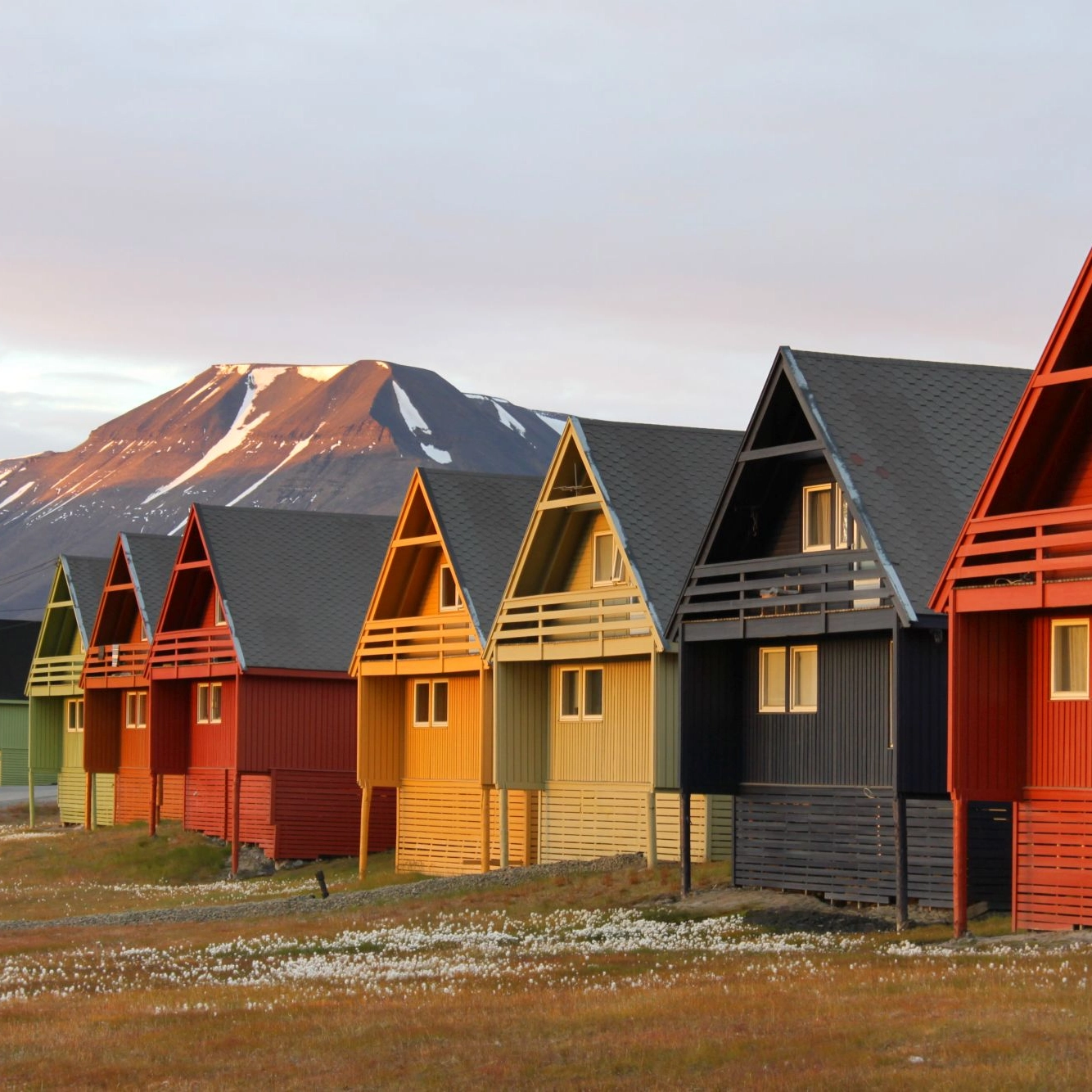
Life in the Arctic
The majority of people who have not gone on a Norwegian cruise have likely never seen the Arctic in person. Therefore, when they picture locals living there, what might come to mind is the image of people wrapped in massive puffy winter jackets all year round and walking through roads that are covered in several feet of snow and ice.
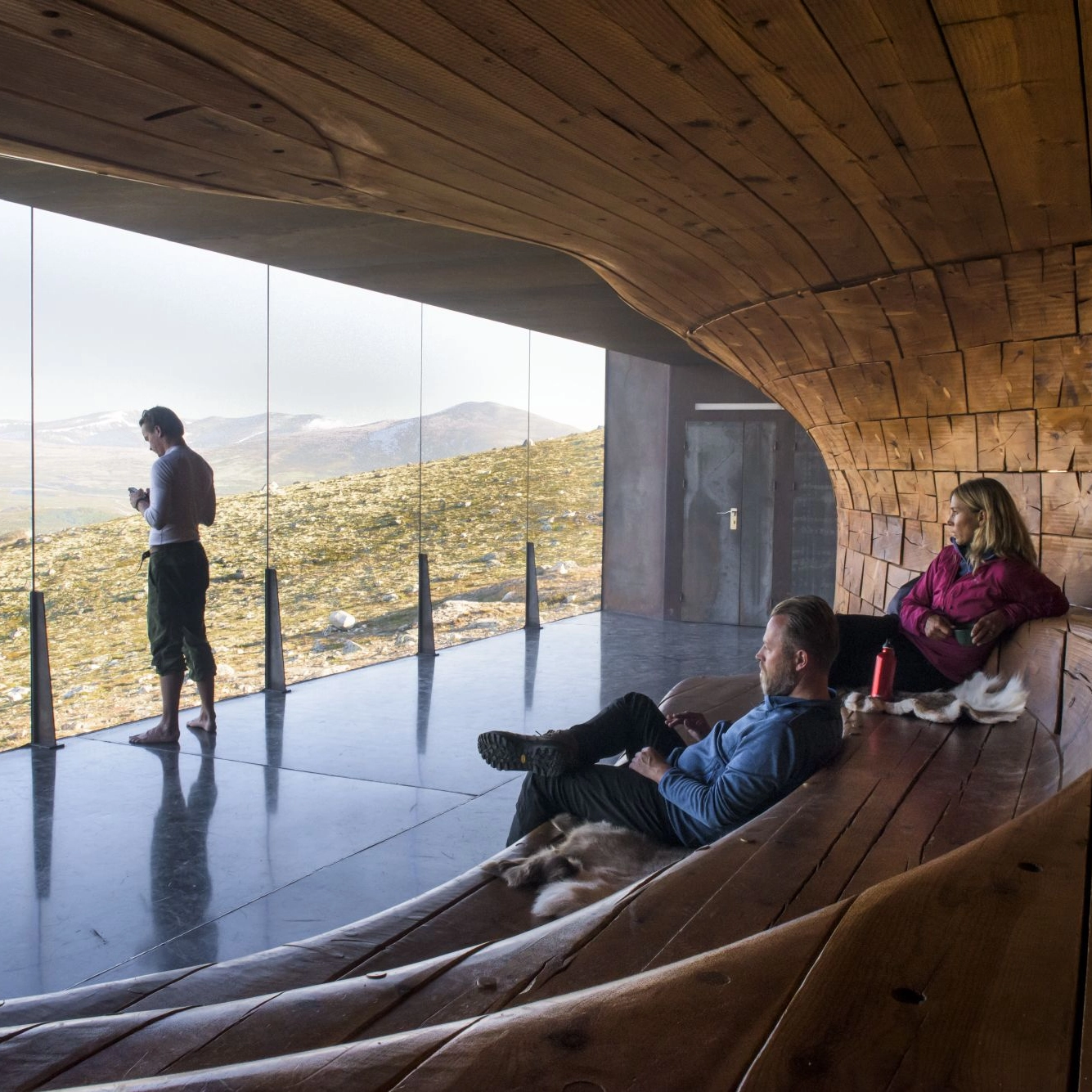
Top 5 Norwegian Architectural Firms
From the Art Nouveau style of Ålesund to the modern appearance of Oslo, Norway truly has some impressive architecture. This is the result of centuries of some of the world's greatest architects being born and raised in Norway and spreading their influence and skill sets to other young architectural minds.

Learn Norwegian words and phrases before your trip
If you’re planning a trip to Norway, you might be interested in learning a few Norwegian words and phrases. It can be really helpful to have some handy phrases up your sleeve for communicating with locals during your upcoming trip to Norway, so we’ve prepared a great guide that will help you learn the lingo before you arrive!

The Ultimate Guide to Norwegian Folk Music
When people think of Norway, there are many things that likely come to mind including all of the incredible outdoor activities you can do here. However, something else that the country is well known for is its thriving music scene. And none have a richer history than Norwegian Folk Music.
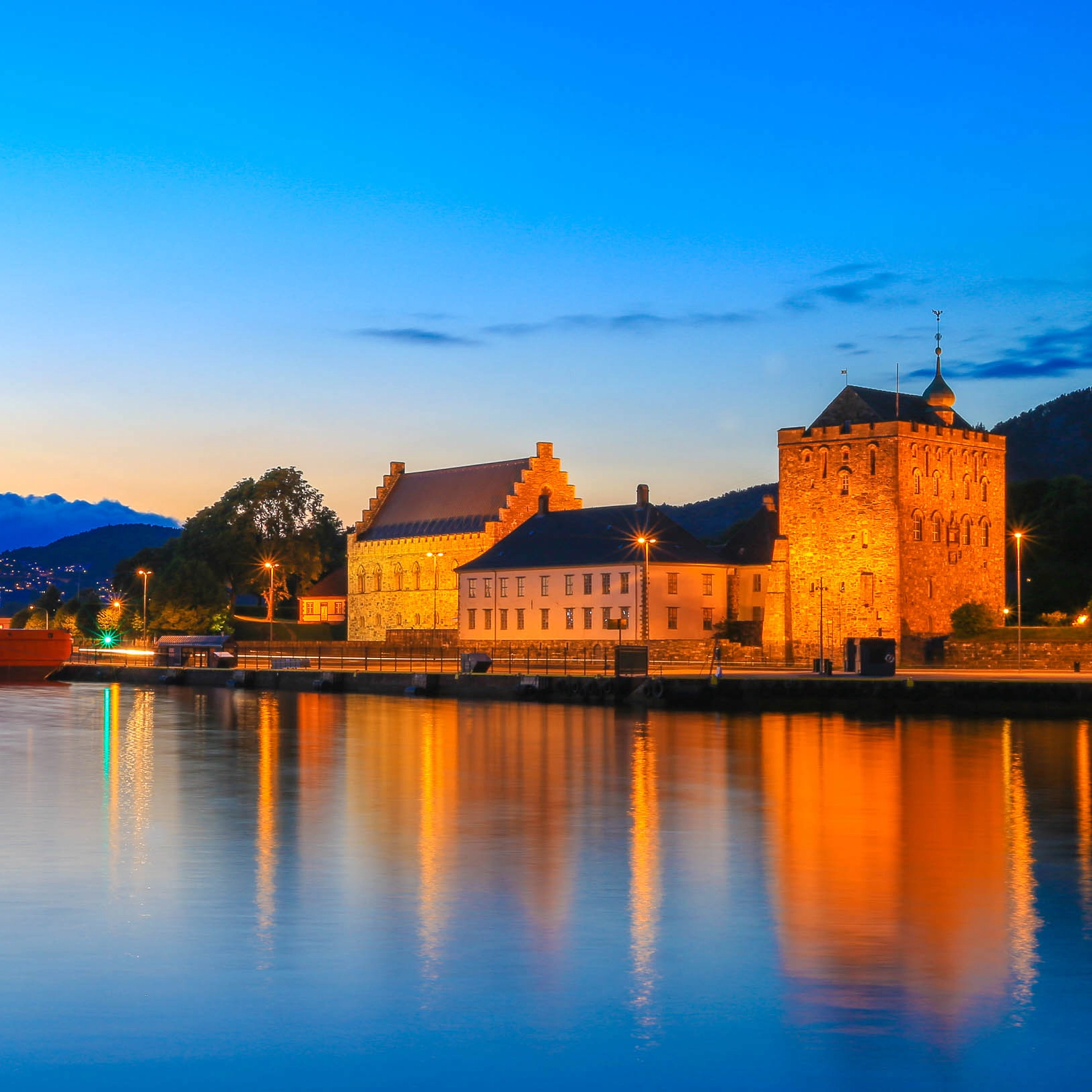
The real Norwegian towns that inspired Frozen
After watching Frozen and the Frozen 2, every child (and a lot of adults for that matter) will desperately wish they could visit the enchanting world of the Disney film. Even though you can’t simply just stumble into Arendelle and join Anna and Elsa on their daring adventures, but you can get pretty close when you book a tour to Norway.

Why a Scanditour is the New Eurotour
Done the whole Eurotrip thing? Looking for some fresh insight into where your next travel adventure should be? Head over to Scandinavia, and Norway in particular.

What is ‘slow travel’ and why Norway ticks all the boxes
Have you ever felt more exhausted after a trip than before you left? Then you have probably done the exact opposite of slow travel! When slow traveling, there is no need for a vacation after your vacation.It is not about "likes" that generate hotspots on Instagram and overwhelmingly long bucket lists.

Film sites in Norway
It’s no secret that Norway is a beautiful, scenic country with some fantastic natural attractions. In fact, the dramatic scenery in some parts of Norway makes it the perfect backdrop for filming, and several Hollywood films have been shot in Norway. Keep reading for an overview of some of the most exciting movies that were filmed on location in Norway!

6 gorgeous examples of Norway’s famous street art
Norway is known for many things like its impressive glacier hiking, summer skiing, Aurora Borealis sightseeing, and much more. However, one thing most people aren’t aware of is Norway’s thriving art community.

The 17th of May – Norway’s National Day
The 17th of May is Norway’s national day, and what a party it is! Though many countries mark their national day with military parades, Norway’s celebration is lighthearted and fun, with a special focus on kids enjoying this special day. In this article, we’ll tell you all about Norway’s Constitution Day, how it began, and how it’s celebrated across Norway today.

Arctic Docuseries Set in Norway
If you are coming to Norway to explore Norway’s stunning Arctic landscape and you’re antsy to get there, we don’t blame you! You’ve probably been spending hours looking longingly at stunning photos but, if you’re looking for something better to tide you over, might we recommend a docuseries?
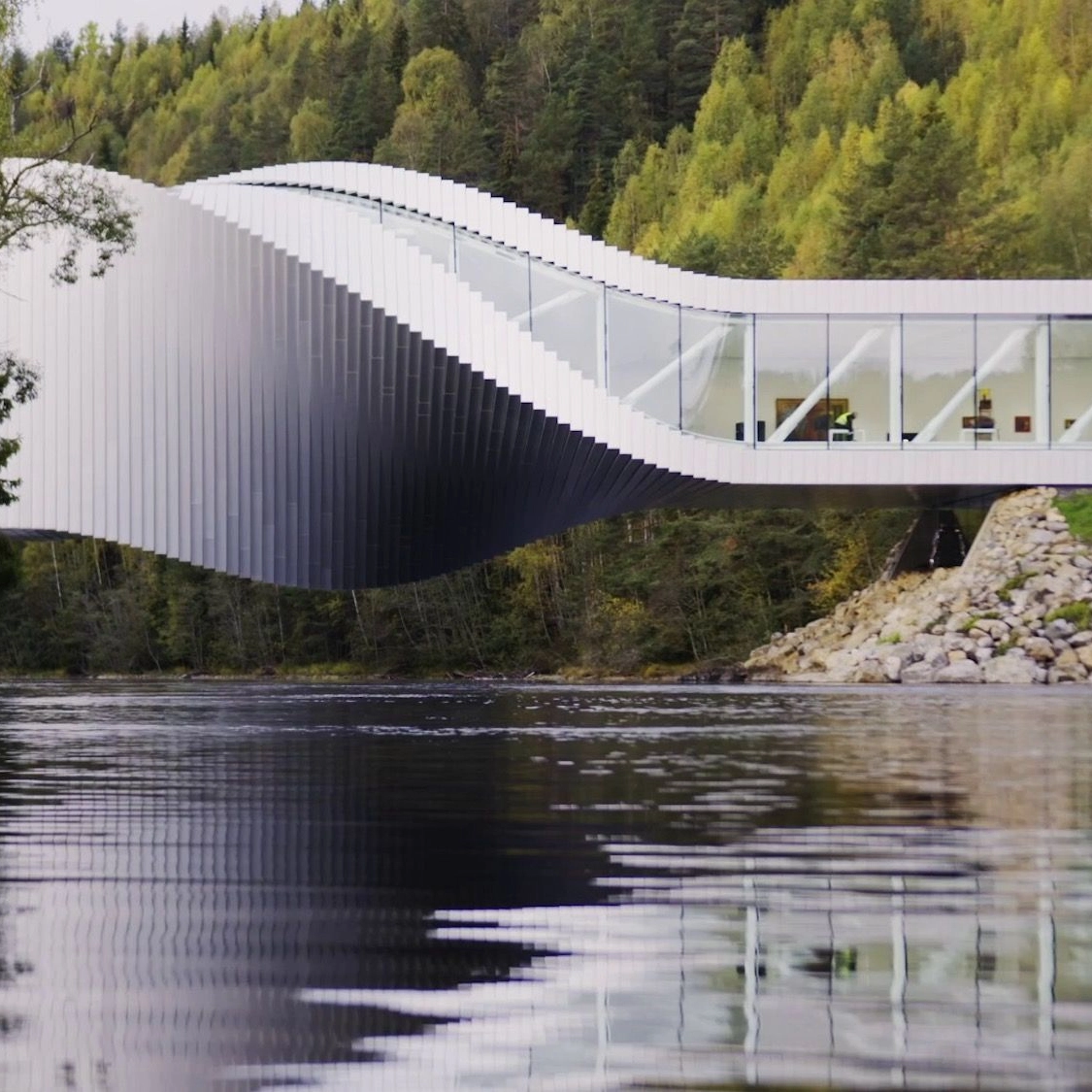
Norway for Art Lovers
When people think of Norway, they usually picture snow-capped mountains, cascading waterfalls, and an assortment of natural treasures and outdoor experiences. It may come as a surprise to some that Norway is actually a world-class art destination too, with a rich cultural history and a range of great experiences for art lovers.

Arctic photography
It’s no secret that the raw, untouched beauty of the Arctic has inspired many photographers over the years. A Google search of ‘Arctic photography’ will reveal thousands of stunning photographs from professional and amateur travel photographers.
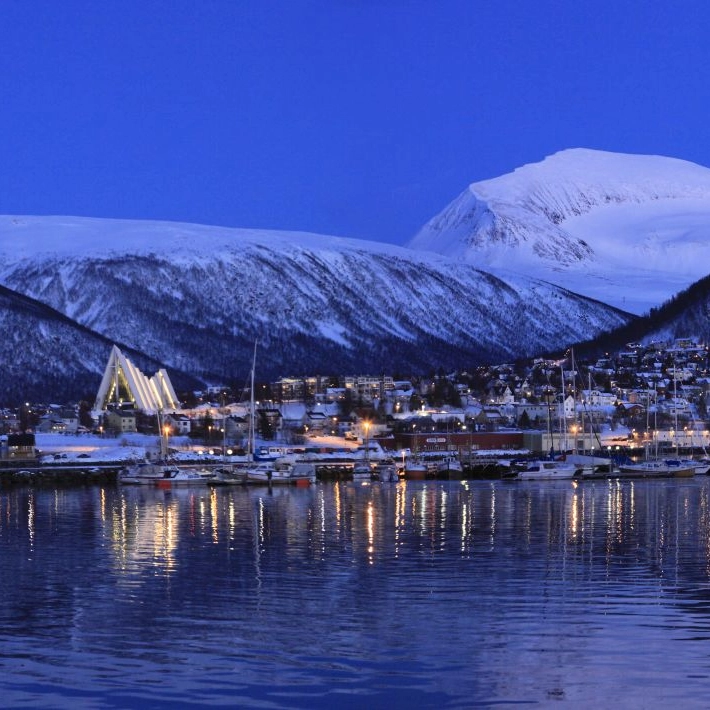
Polar night season in Tromsø
If you’re wondering when to plan your visit to Tromsø, often referred to as the Paris of the North, you might be curious about Polar Night Season. From when it is, to what to expect and things you should pack, this post will cover everything you need to know about Norway’s incredibly magical Polar Night season.
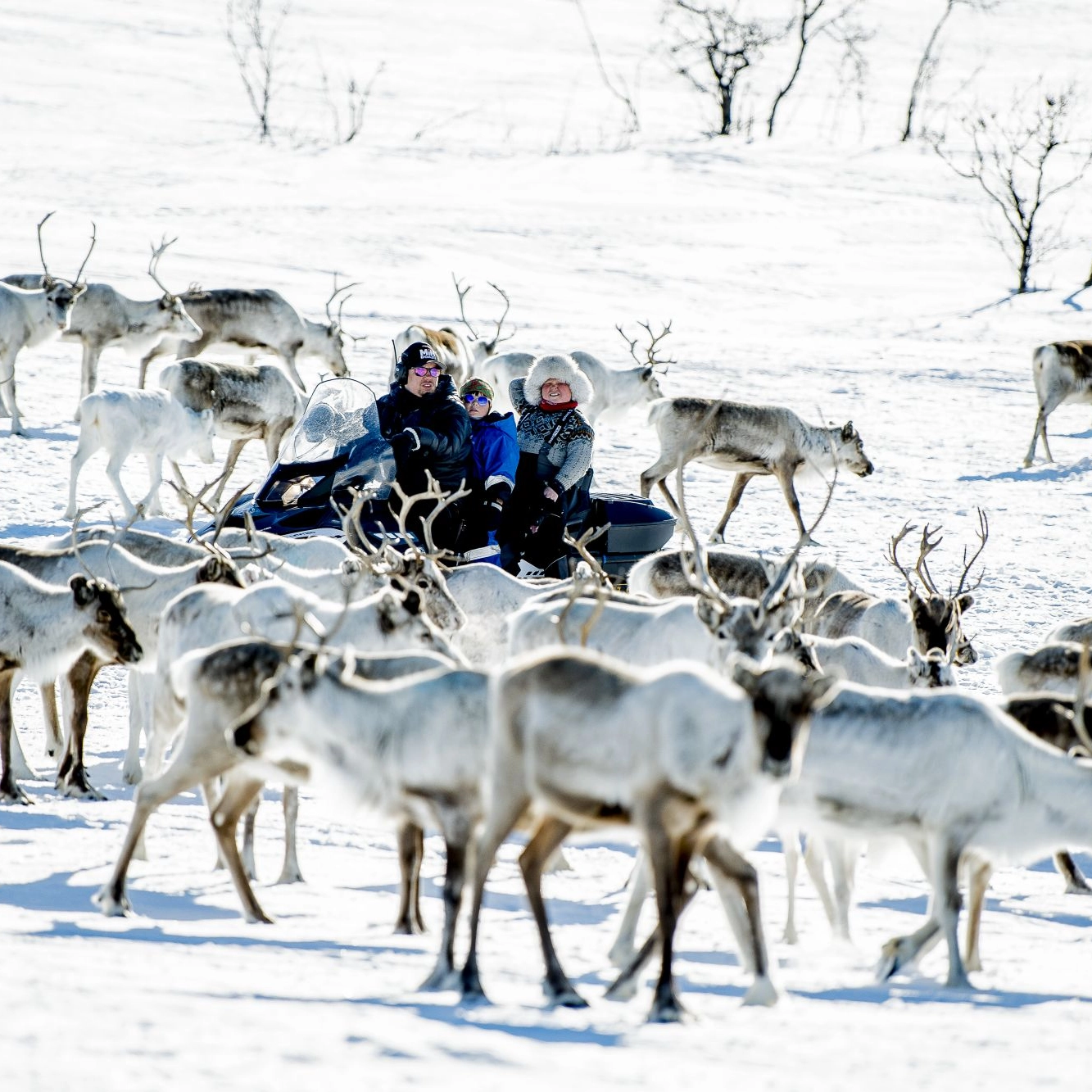
Sami people of Northern Norway
The Sami people in Northern Norway have a unique culture, traditions and ancient languages. Their clothing, music, food culture and general way of life are very different from other Norwegians and seen as truly exotic by visitors to Norway. Let’s take a closer look at the Sami culture and history.

How to stay warm and koselig this winter
Anyone who has ever taken a trip to Norway during the winter season knows just how vicious the Norwegian winters have the potential to be. This is especially true for Northern Norway where you can find really cold temperatures. So how do Norwegians tolerate the cold and long winter? With the “philophy of koselig” of course.
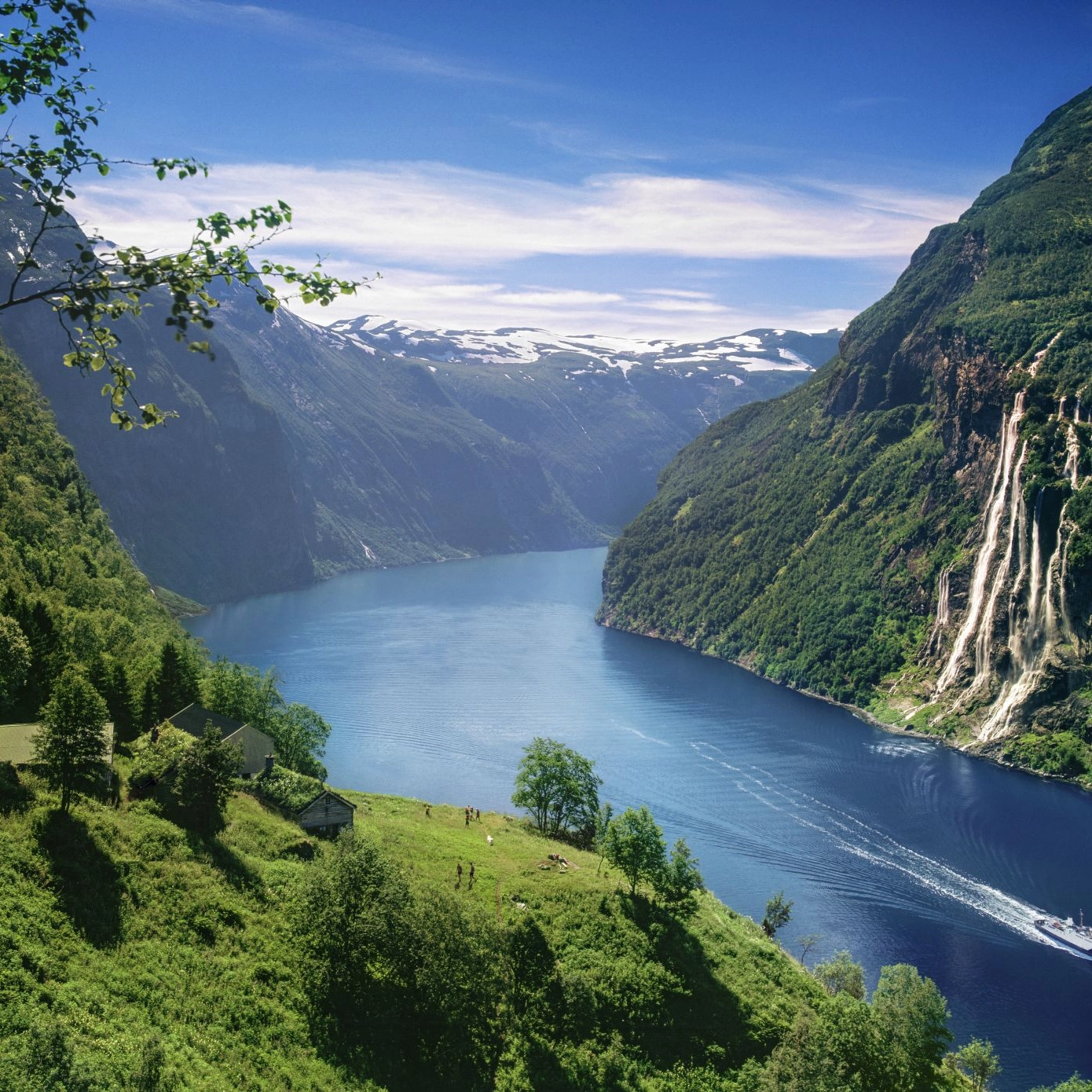
Seven Sisters waterfalls
With so many amazing things to photograph in Norway, it can often be hard to choose which one to visit first. Although the majority of the people that visit Norway in winter tend to want to head up north to Tromsø to catch a glimpse of the Northern Lights, however, a trip down south to visit the Seven Sisters Waterfalls in Geirangerfjord shouldn’t be overlooked.

How to do Norway in a Nutshell® on your own
Are you a solo traveler planning for a Norwegian fjord adventure, our Norway in a nutshell® tour will be a perfect choice for you. Traveling in Norway is safe and simple, with public trains, ferries and buses serving the regions, but it is not always easy to understand, plan and book the transport yourself.
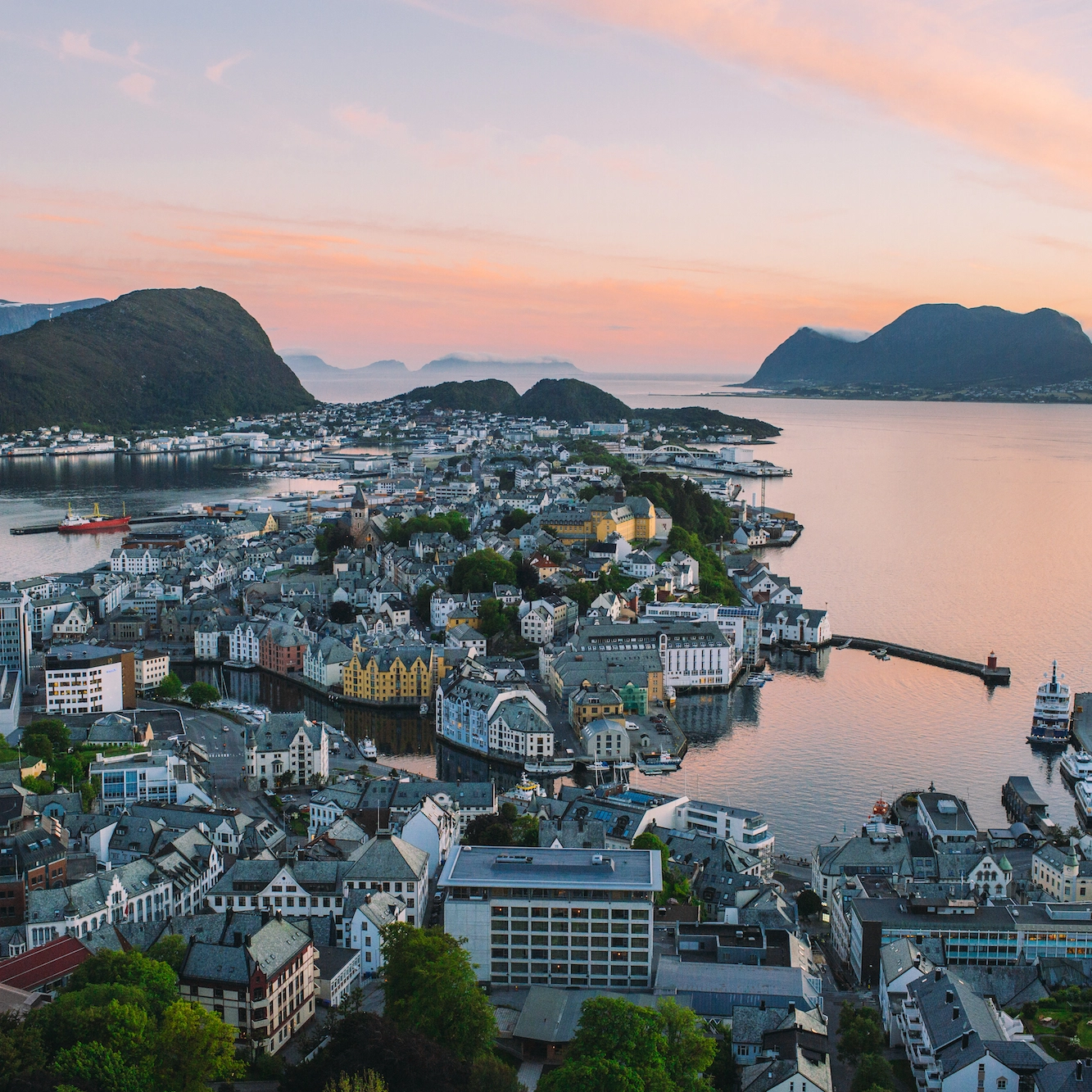
How Ålesund, Norway became an architectural icon
Did you know that Norway is one of the more interesting places to experience modern and contemporary architecture? In addition to the gorgeous natural environments, making fjords and mountains unmissable elements of a trip to Norway, there is the lesser known attraction of its architectural history.

5 great family activities in Norway
With magnificent scenery and exciting experiences for the whole family, Norway is a great holiday country for both young and old. Give the kids an experience they will never forget, with rafting trips, climbing adventures, dog sledding adventures or even meeting some real-life Vikings!
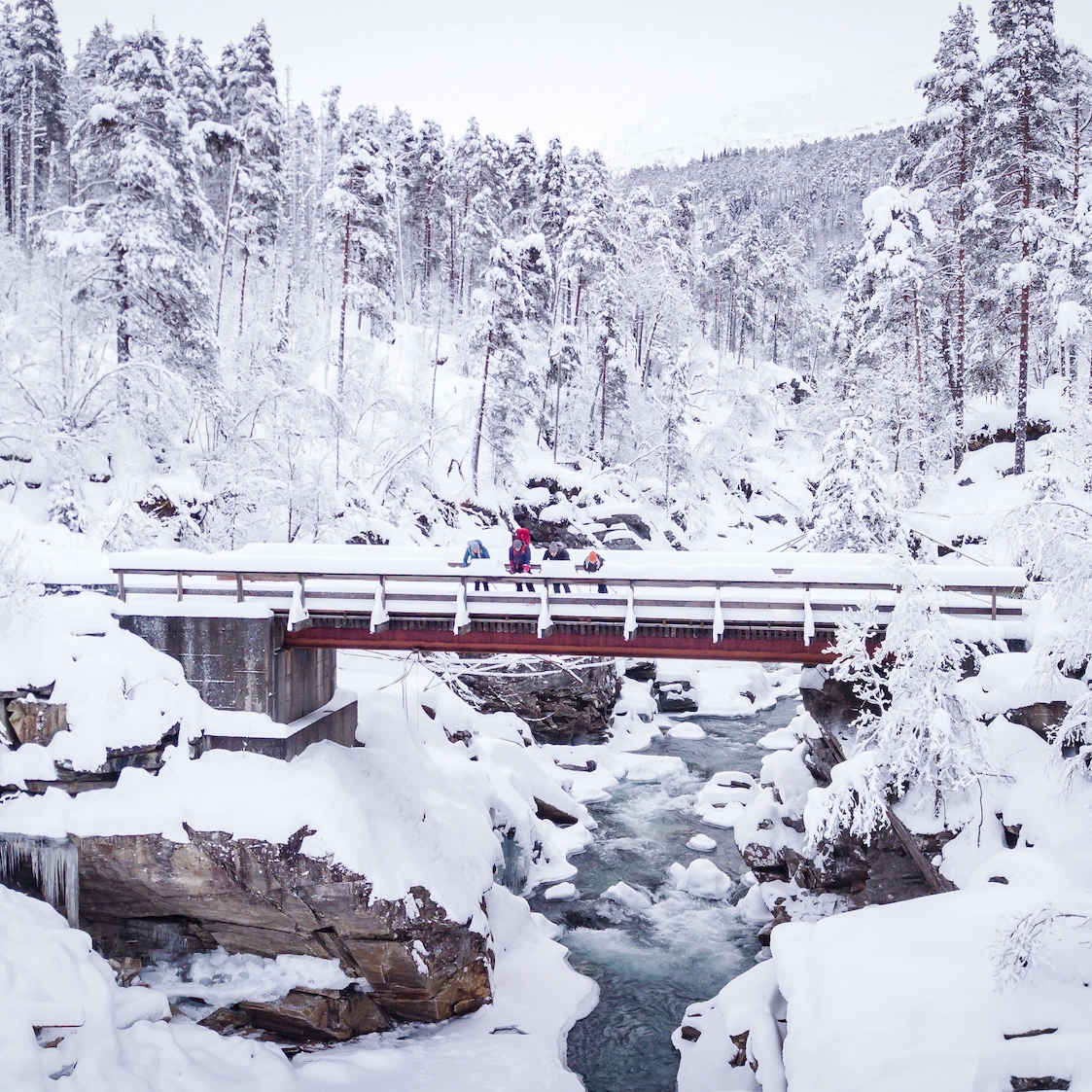
6 essential items for visiting Norway in winter
As a Scandinavian country that is over 2,500 kilometres long, Norway possesses very different kinds of weather in all four of its seasons. While the summer weather is quite warm no matter where you go, the winter can vary widely depending on your location. Therefore, it is important that you bring these essential items when coming to Norway during winter!
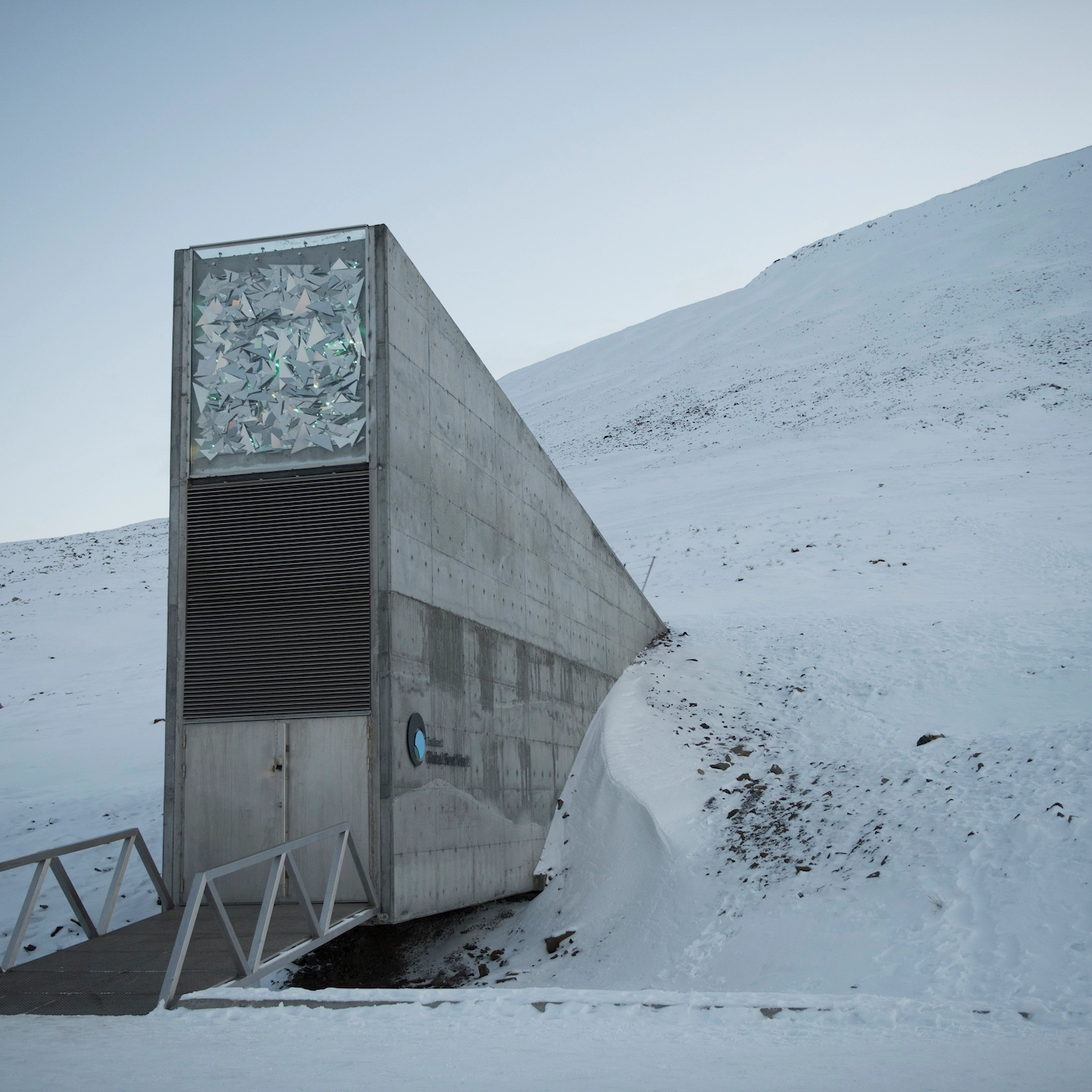
The Svalbard Global Seed Vault
Is Svalbard worth visiting? In a word, yes! Svalbard has fascinated travelers for a long time. The Norwegian archipelago lies just below the North Pole and is one of the world’s northernmost inhabited areas with almost 3,000 human residents. In Svalbard you will also find a fascinating building; The Svalbard Global Seed Vault.

Norway’s Carnival: Fastelavn
If you’re traveling to Norway during February you might be surprised to find out that the country has its very own version of a carnival. The festival is called Fastelavn and it is meant to celebrate the promise of Spring’s return.It is celebrated in most Scandinavian countries and similar traditions occur in countries like Brazil and Portugal.

How to prepare for the Norwegian weather
You may have an idea of Norway being a cold, desolate and frozen landscape for most of the time. And yes, it is true that Norway can be cold, but throughout the year the weather in Norway varies from cold winter nights to perfect summer days.
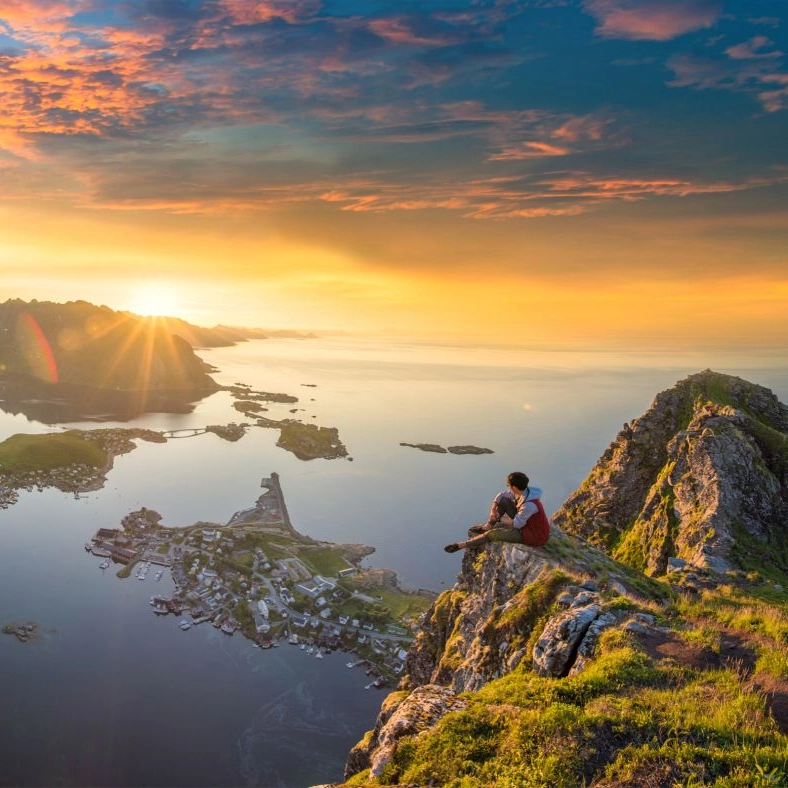
Visiting Norway
Known as the land of the midnight sun, Norway is a country that offers outstanding experiences all year round. Culture and cosmopolitan cities nestle alongside some of the most beautiful landscapes in the world, creating a location which is unlike any other.

Norwegian stave churches
Norway is a country full of beautiful scenery and landscapes, which are highlighted by wonderful architecture. Some of the most unique buildings in Norway are the stave churches whose signature wooden facades and elaborate carvings are instantly recognisable. Let’s take a look at the history of stave churches, and highlight some of Norway’s most important ones!
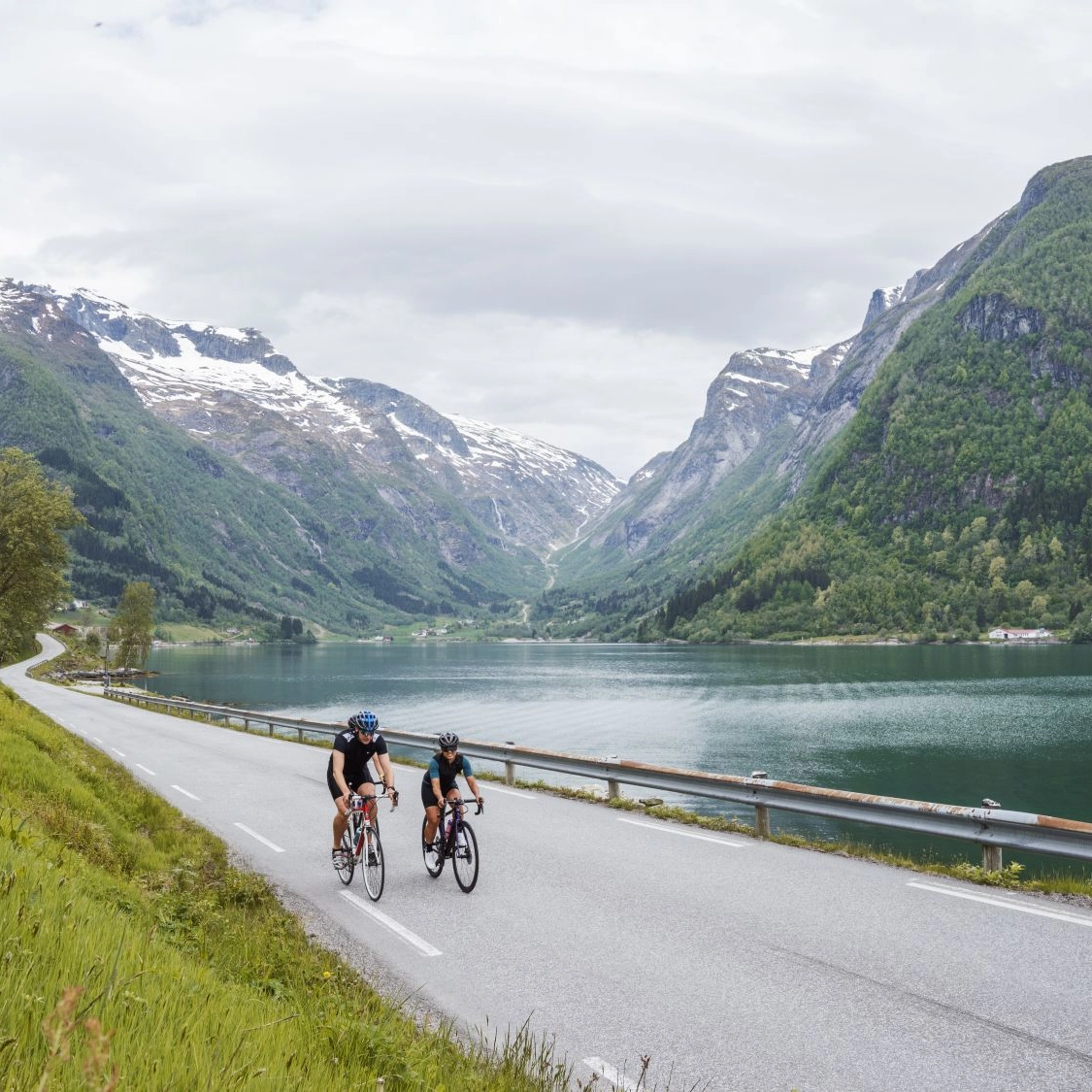
A History of Tourism in Norway
Norway has been a top travel destination for a long time, with millions of people around the world ranking our beautiful country as one of their most desired places to visit. For many people, spending time in Norway is at the very top of their bucket list. But tourism to Norway is quite different now from when tourists first started coming here for their holidays – so let’s take a look back at the history of tourism in Norway!
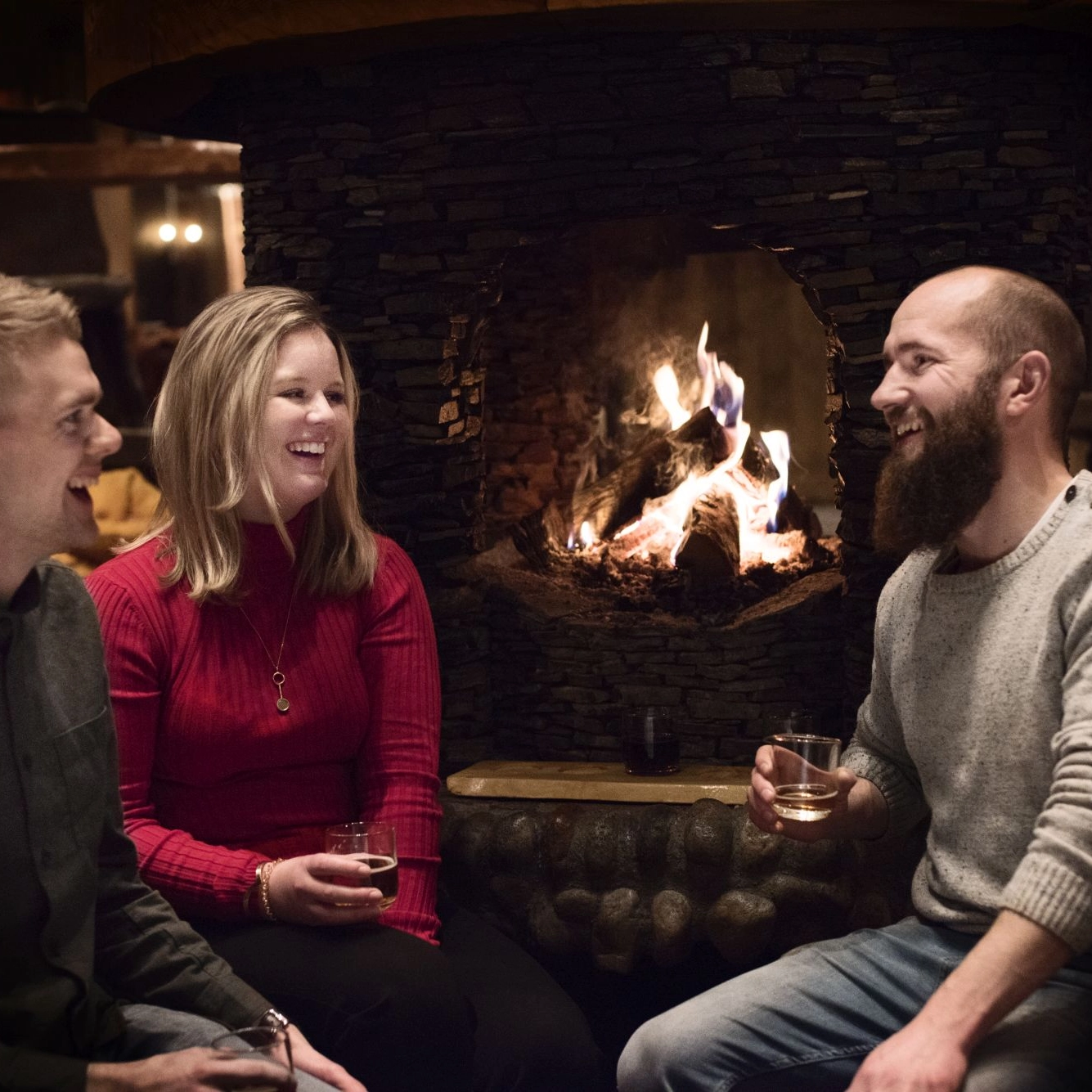
Why Are Scandinavian Countries So Much Happier?
Everyone wants to discover happiness, but for most people, this is an ongoing struggle that they try to fight the majority of their life. However, it seems that the people who live in Scandinavian countries may have discovered the secret to happiness since they consistently rank at the top of the list of the happiest countries in the world.
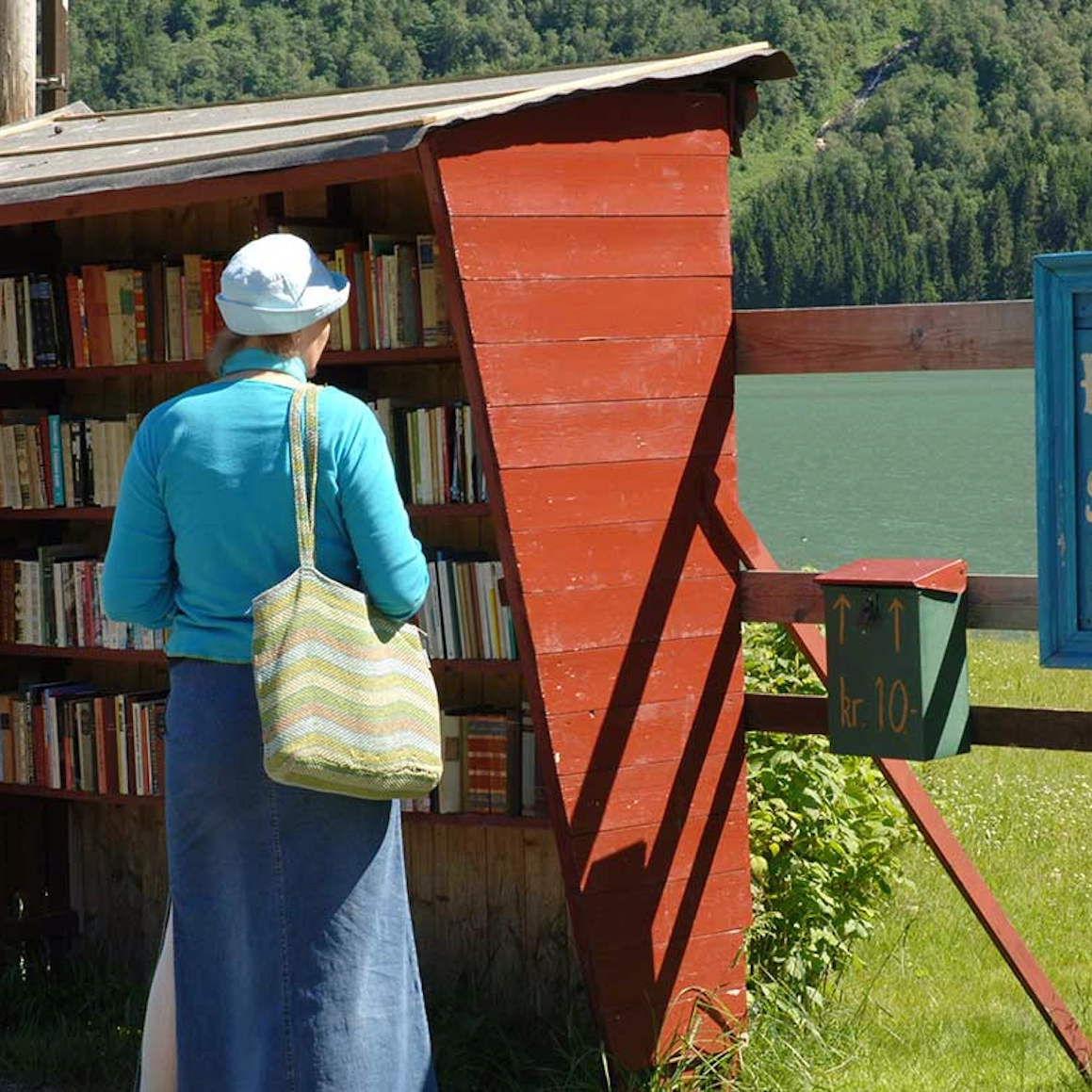
Norwegian authors
Take a walk around just about anywhere in Norway, from city centers to small towns, and you’ll find many of the locals carrying or reading a book. Norway is undeniably a country of book lovers and there is no better way to prepare yourself for a visit than by indulging in a little bit of Norwegian literature. Here are a few of the authors we recommend!

Flying Solo? Why Norway is a Top Destination for Female Travel
Traveling alone is not just about showing the outside world that you are an independent and strong woman. It's about so much more! Those traveling alone come back with a sparkle in their eyes, courage in their chest, and a sharper, more focused mindset.

Your Guide to Norway
Norway is one of the most beautiful and varied countries you will ever visit. With the midnight sun and Aurora Borealis (Northern Lights) in the North, striking blue seas in the South, viking ships in the cultural capital Oslo to the East and world famous turquoise fjords and snow-capped mountains in the West.
